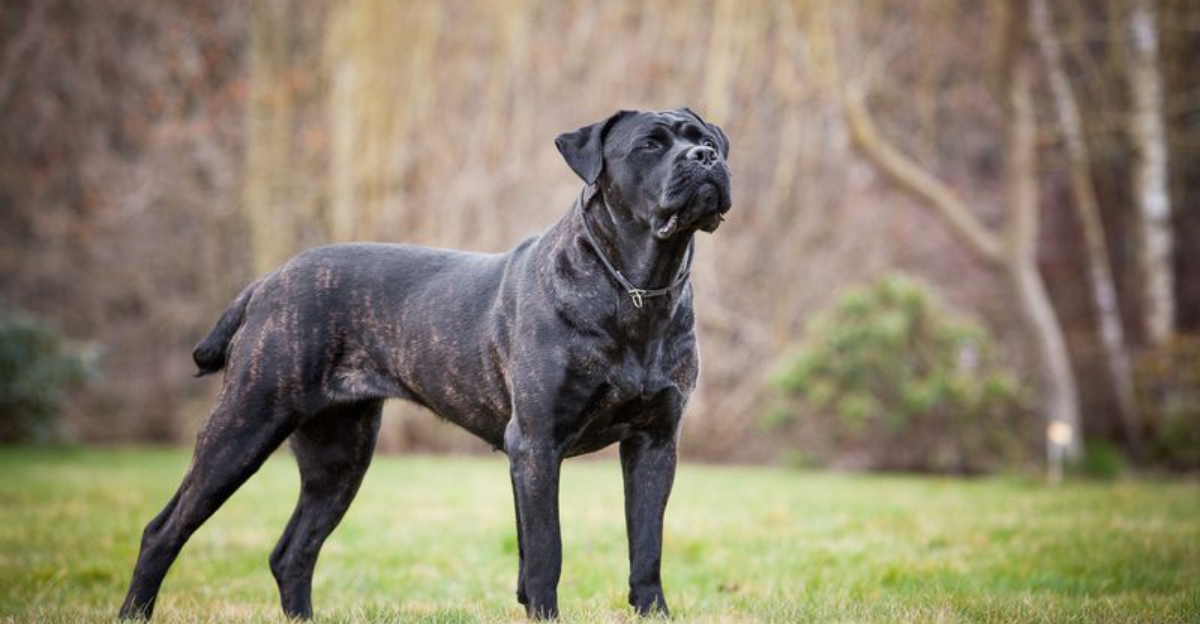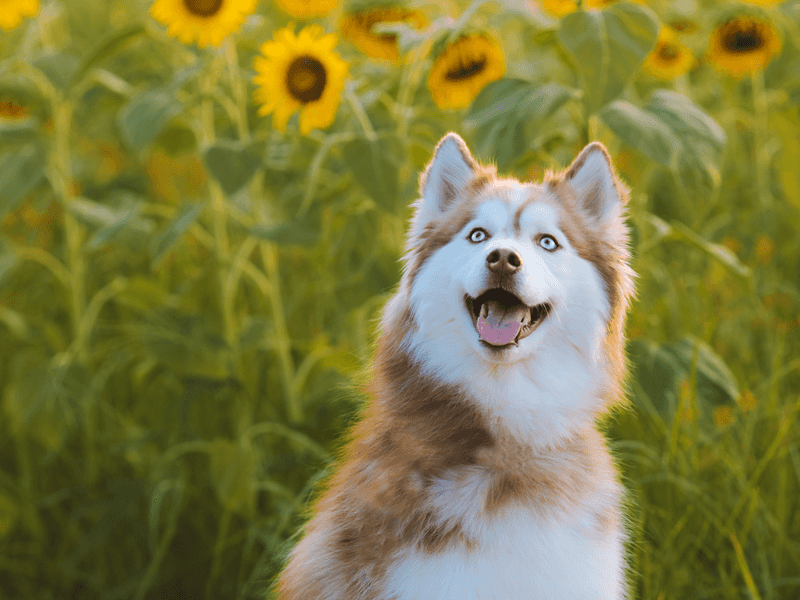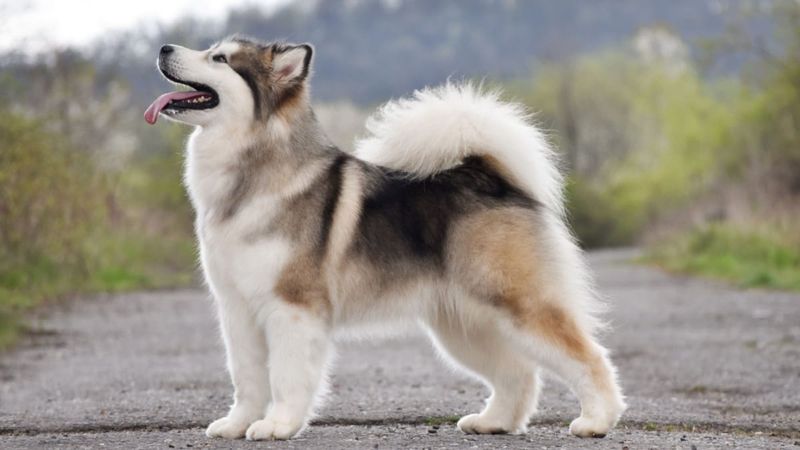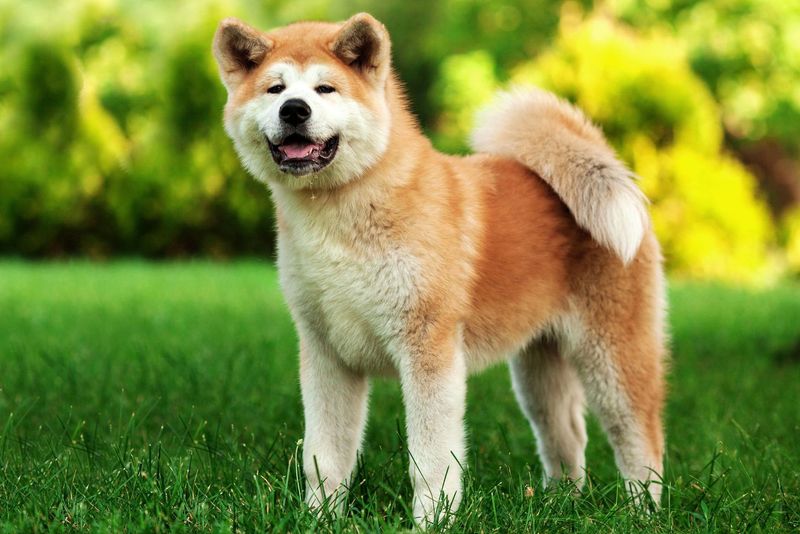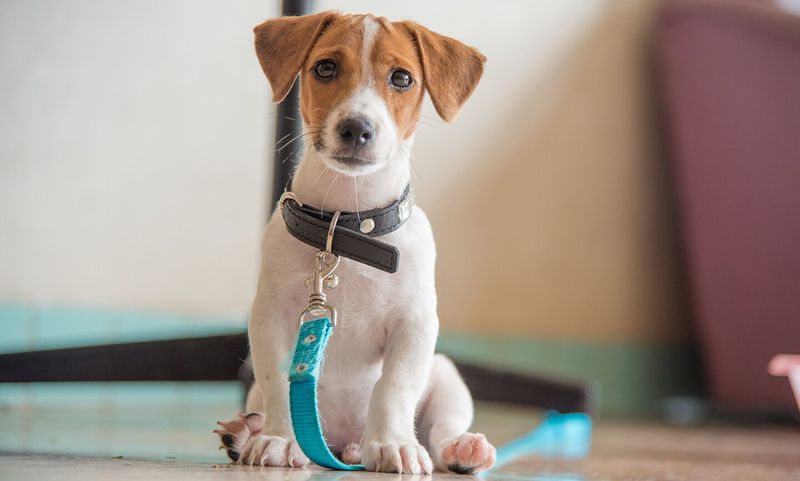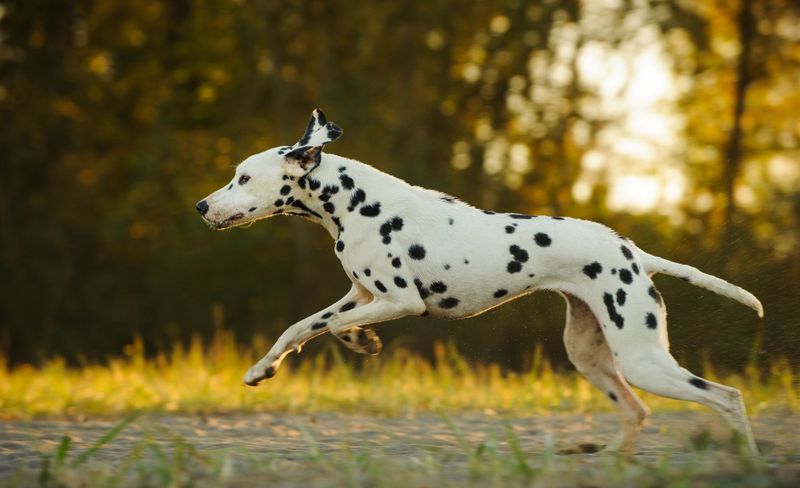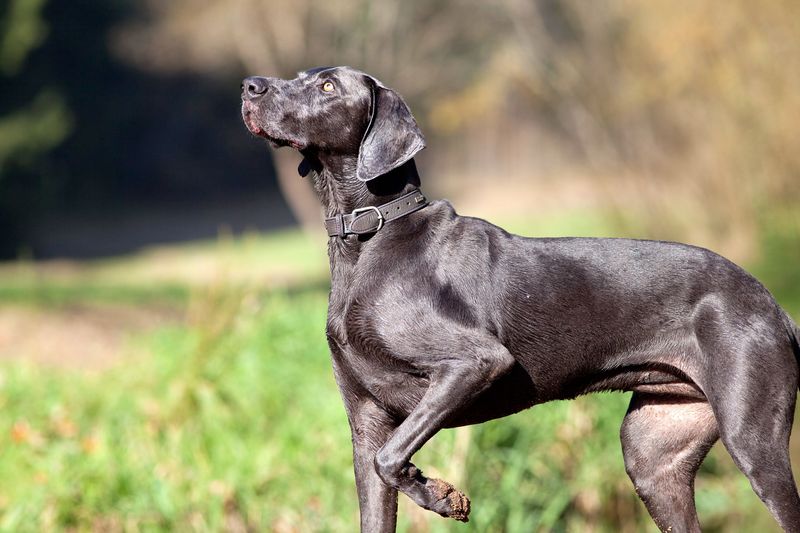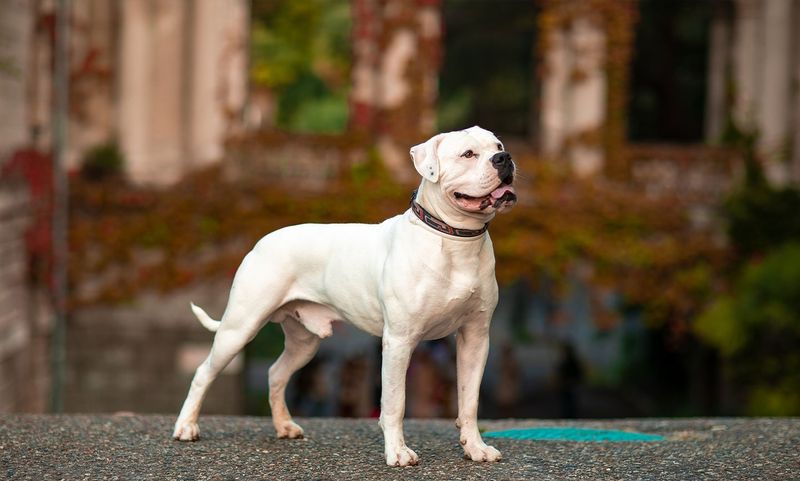📖 Table of Content:
Some dog breeds, while loyal and loving, possess aggressive tendencies that can make them incompatible with feline companions. These dogs often have high prey drives or territorial instincts, which can lead to conflict with cats. Knowing which breeds may not get along with cats is crucial for pet owners seeking to create a peaceful home environment.
Certain dogs may struggle to coexist with cats due to their natural hunting instincts and protective behaviors. These aggressive traits can manifest in hostile interactions, creating stress for both the dog and the cat. It’s important to understand these traits when bringing a dog into a home with a cat.
Recognizing the breeds that typically exhibit aggression towards cats helps in making an informed decision when adopting a dog. Some dogs may be better suited for households with other dogs or no pets at all. Let’s check out 16 breeds that often struggle to live peacefully alongside cats, offering insight into their behavior and tendencies!
1. Pit Bull Terrier
Pit Bull Terriers are often misunderstood and can be incredibly loving. However, their strong prey drive can be challenging in households with cats. This breed’s determination and strength mean they may unintentionally harm smaller animals.
It’s crucial to provide proper training and socialization from an early age to mitigate potential issues. While some Pit Bulls live peacefully with cats, owners must be vigilant and cautious, ensuring both species are comfortable and safe. A controlled environment, patience, and consistent training are key to managing their interactions.
2. Chow Chow
With their distinctive appearance and strong personalities, Chow Chows are a breed that can be challenging to manage. Their aloof behavior may turn aggressive, especially in the presence of cats. An experienced owner is essential for keeping their dominance in check.
Early socialization is essential, as well as setting clear boundaries. Chow Chows may not naturally view smaller animals as companions, so supervision is necessary. With patience and the right approach, some Chows can coexist with cats, but it often depends on individual temperament.
3. Doberman Pinscher
Known for their loyalty and protective nature, Doberman Pinschers can show aggression toward cats due to their guarding instincts. Their high energy levels require careful management and training. A structured and consistent environment is crucial for a well-behaved Doberman.
While Dobermans can become loving family pets, their instinct to protect might lead to conflicts with other animals. Owners must ensure they exercise their Doberman adequately and monitor interactions with smaller pets to maintain harmony.
4. Rottweiler
With their protective instincts and impressive strength, Rottweilers can be overwhelming for smaller pets like cats. If left unchecked, these traits can develop into aggression. Proper training and socialization from an early age are necessary for good behavior around other animals.
Owners should be mindful of a Rottweiler’s natural tendencies and exercise them regularly to prevent boredom, which can lead to destructive behavior. With the right environment, Rottweilers can be gentle giants, but caution is always advised.
5. German Shepherd
Due to their intelligence and versatility, German Shepherds can sometimes attempt to dominate smaller pets like cats. Their natural protective instincts need to be carefully managed. Consistent training and firm leadership are essential to prevent aggression.
Socializing them with cats from a young age can help, but supervision is crucial. German Shepherds thrive when given a job to do, so keeping them mentally and physically stimulated can reduce the risk of aggression towards other animals.
6. Siberian Husky
Friendly to humans but possessing a strong prey drive, Siberian Huskies can struggle to coexist with cats. These dogs thrive on high levels of energy and exercise. Their independent nature also requires a structured approach to training.
Without proper training, Huskies might see smaller animals as targets for chasing. Early socialization and consistent boundary-setting are crucial to prevent conflicts. While some Huskies can befriend cats, it often depends on individual temperaments and careful management by the owner.
7. Alaskan Malamute
Alaskan Malamutes are powerful, independent dogs with a strong prey drive, making them challenging companions for cats. Their size and energy require ample space and exercise. Without proper training and boundaries, they might not recognize smaller animals as housemates.
Socialization from a young age and supervision during interactions can help mitigate risks. Malamutes thrive in active households where they have plenty of outlets for their energy. Owners must be prepared to invest time in training to ensure harmony with other pets.
8. Akita
Fiercely loyal and independent, Akitas can display territorial aggression towards unfamiliar animals like cats. Their protective instincts require careful handling. Early socialization and consistent training are crucial to managing their behavior around other pets.
Akitas need a leader who can set clear rules and boundaries. While they can be gentle and loving with their family, caution is necessary when introducing them to new animals. Proper management and understanding of their temperament can lead to a successful multi-pet household.
9. Australian Cattle Dog
With their intelligence and high energy levels, Australian cattle dogs can sometimes become aggressive if their instincts are not properly managed. Their strong herding drive may prompt them to chase after smaller animals, including cats.
This breed requires plenty of mental stimulation and physical activity to stay balanced. Consistent training from an early age can help curb unwanted behaviors. While some cattle dogs can adapt to living with cats, it often depends on their upbringing and the owner’s ability to manage their energy. Providing outlets for their natural instincts is key to harmony.
10. Jack Russell Terrier
Jack Russell Terriers are small but mighty, with a strong prey drive that can pose challenges in a home with cats. Their tenacity and energy require constant management. This breed thrives on activity and mental challenges, needing an owner who can keep up.
Early training and socialization are crucial to guide their interactions with smaller animals. While Jack Russells can learn to coexist peacefully with cats, it demands commitment from the owner to provide leadership and boundaries. Regular exercise and engagement are essential to keeping this lively breed happy and balanced.
11. Dalmatian
Recognized for their vibrant appearance and boundless energy, Dalmatians can overwhelm smaller pets like cats with their exuberance. While generally friendly, they need consistent exercise and mental challenges to avoid boredom-induced aggression.
Proper training and early socialization are key to fostering positive relationships with other pets. Owners must be proactive in managing their Dalmatian’s environment and interactions. Although some Dalmatians can live harmoniously with cats, it often requires diligence and ongoing effort to maintain peace in the home.
12. Weimaraner
Known for their intelligence and energy, Weimaraners can exhibit aggression towards smaller animals, such as cats, if not properly managed. Their powerful hunting instincts need careful channeling. Ensuring consistent training and early socialization is vital for controlling their behavior.
Weimaraners thrive when given plenty of exercise and mental challenges. While they can potentially get along with cats, it often depends on individual temperaments and the owner’s dedication to fostering a peaceful coexistence. Providing structured environments and leadership is crucial.
13. Belgian Malinois
Belgian Malinoises are highly intelligent and driven, traits that can sometimes result in aggression if not properly managed. Their working dog instincts need outlets, especially around smaller animals like cats.
This breed thrives on mental and physical challenges, requiring an owner who can meet their needs. Consistent training and early socialization are essential to guide their interactions. While some Malinoises can adapt to living with cats, it often requires a dedicated owner who can provide structure and leadership. Maintaining a balanced environment is key to success.
14. Bullmastiff
The strength and protective nature of Bullmastiffs can make them a bit too much for smaller pets like cats. Though they are typically calm and gentle, their large size and instinct to guard require supervision. Effective training and early socialization are vital for preventing potential aggression.
Bullmastiffs need a leader who can provide clear boundaries and guidance. With proper management, they can be loving family pets, but interaction with cats should always be supervised. Ensuring they have adequate exercise and mental stimulation can reduce the risk of conflicts, promoting a peaceful household.
15. Cane Corso
With their strong and confident personalities, Cane Corsos can be difficult to manage around smaller animals like cats. Their protective nature requires an owner who knows how to handle them. Proper training and early socialization can help ensure they live peacefully with other pets.
Owners must be prepared to invest time in establishing leadership and boundaries. While Cane Corsos can be a loyal and loving family member, supervision during interactions with other pets is necessary. Providing them with plenty of outlets for their energy and instincts can help maintain a balanced home environment.
16. American Bulldog
American Bulldogs are powerful and energetic, traits that can sometimes lead to aggressive tendencies if not properly managed. Their strong prey drive requires an experienced owner to channel their energy appropriately.
Early training and socialization are key to fostering positive interactions with smaller animals like cats. Consistent exercise and mental challenges can help curb unwanted behaviors. While American Bulldogs can be loving companions, owners must be vigilant in managing their environment and interactions. With the right guidance, they can learn to coexist peacefully with other pets.
